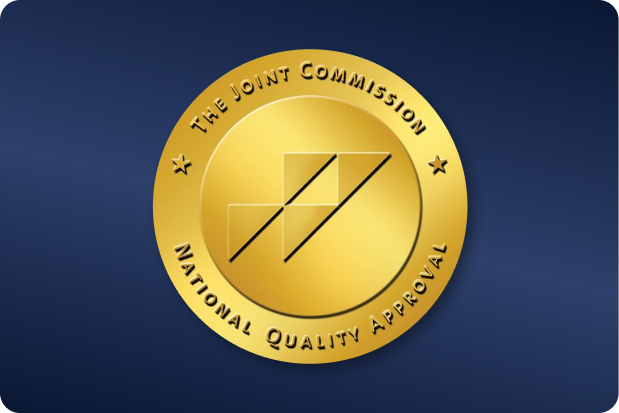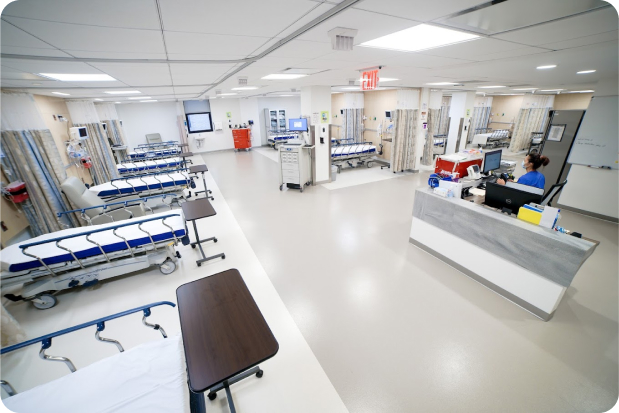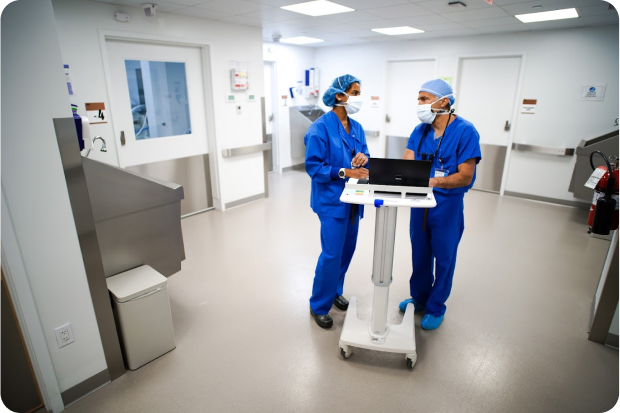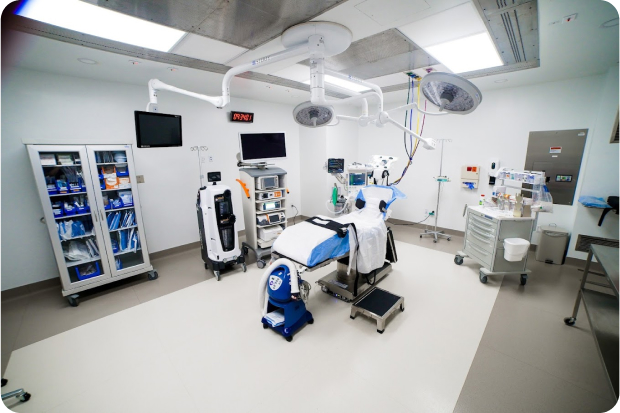 OUR LOCATIONS
Call to book 201.523.9590
OUR LOCATIONS
Call to book 201.523.9590
 OUR LOCATIONS
Call to book 201.523.9590
OUR LOCATIONS
Call to book 201.523.9590
Table of contents
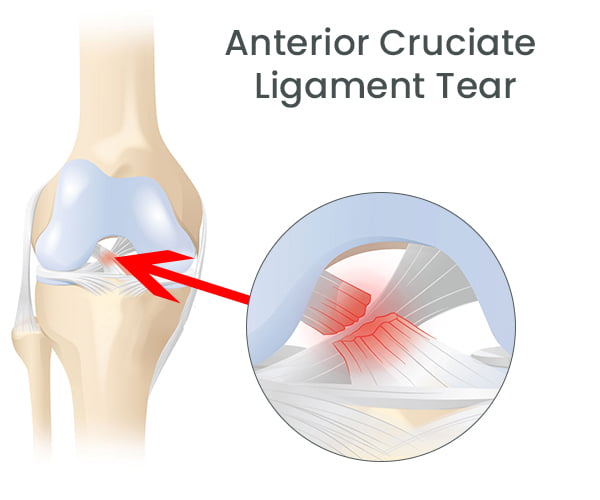
In the US alone, there are between 100,000 and 200,000 ACL tears every year. Tearing your ACL or anterior cruciate ligament is a knee injury that causes sharp knee pain initially. An ACL tear is a common sports injury, as it happens mostly to people who play high-impact sports, such as football, basketball, and skiing. Despite the sports connection, active women between the ages of 15 to 45 years are three times more likely to get such a knee injury than men.
Your knee specialist has to determine if your injury is an ACL tear or a meniscus tear. Each requires a different form of treatment. You can trust the best pain management specialist like Dr. Amr Hosny and his team at the Spine & Rehab Group. Visit any of the eight convenient locations, including Greenwich Village and Paramus, NJ. These experts have the tools and experience to correctly diagnose and treat any problem you have with your knees.
The anterior cruciate ligament is a strong band of tissue that connects your thigh bone to your shin bone. It’s located in the front of your knee; it lets you rotate and kick your shin bone forward. Along with the other three knee ligaments, the ACL helps stabilize the knee joint, enabling your knee to be fully functional and flexible.
When you damage this ligament, the result is either a partial or complete tear of the ACL tissue. Once you’ve torn the ACL in a knee, it’s highly unlikely you can regain full athletic strength and stability of your knee without surgery to rebuild the ligament. The primary causes of an ACL tear include:
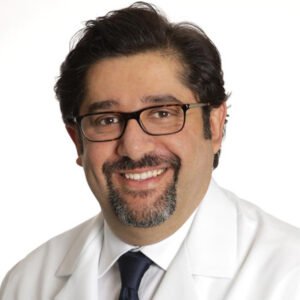 Amr Hosny, MD, MBA, FASA
Amr Hosny, MD, MBA, FASA
 David Chu, MD, FAAPMR
David Chu, MD, FAAPMR
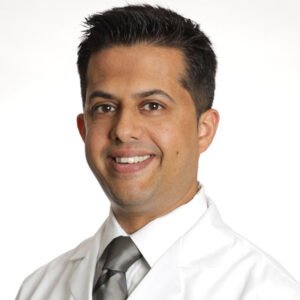 Vivek Mehta, MD, FAAPMR
Vivek Mehta, MD, FAAPMR
 Deepali Gupta, MD, DABA, DABPM
Deepali Gupta, MD, DABA, DABPM


Knee injuries can vary from patellofemoral pain syndrome, commonly known as runner’s knee, to patellar tendonitis, which affects the tendons. You may even have bursitis in your knee, which means the fluid-filled sacs that cushion the knee joint have become inflamed. Consulting a knee specialist like Dr. Hosny is the first step toward treatment, as an ACL tear is just one of many reasons your knee is hurting.
At the Spine & Rehab Group, your knee specialist has access to the latest medical knowledge and technology. Whether you need an x-ray or MRI, you can have it done right there, giving your spine doctor the information required for an accurate diagnosis of your knee pain. To get the ACL tear treatment you need, the right diagnosis is crucial because:
Excellent care with concrete results! I have visited Carolita for 2 separate issues within 3 years! She helped me to recover from a nasty knee injury and a back pain. Now I’m doing heavy squats/deadlifts and am running half-marathons. The overall care shown has been tremendous from the entire team! They have pushed me to recover and work on my problems.
Vardges A. ★★★★★I used their physical therapy department about 4 years ago after knee replacement surgery and recently after back surgery. Beth the head therapist is very professional and thorough in putting together a physical therapy program to match your specific requirements within your Dr's guidelines. Therapy is done in a caring but firm manner so that if you follow their therapy regiment you will truly see results. Oh , they also have an antigravity treadmill which is really fantastic after knee surgery. Highly recommended.
Edward C.Surgery as an ACL tear treatment is usually the last option. Most people just need to follow the RICE model: rest, ice packs, compression and elevation. Relax with your injured knee elevated. Apply an ice pack to the knee every two hours for 10 to 15 minutes to keep the swelling down. If the pain is severe, you can take over-the-counter pain medications.
Your specialist may suggest that you wear a compression bandage or brace to limit your knee movement temporarily to allow the damage to heal. If your knee pain is connected to a back or hip problem, you may need other forms of pain management, such as:
If you’ve hurt your knee and fear you may have suffered an ACL tear, book an appointment at the Spine & Rehab Group office nearest you. Serving NYC, as well as Bergen County, Morris County, and Union County in New Jersey, Dr. Hosny and his team provide not only pain relief, but also effective treatment to resolve the source of your knee pain, even if it’s a torn ACL. Contact the team today.
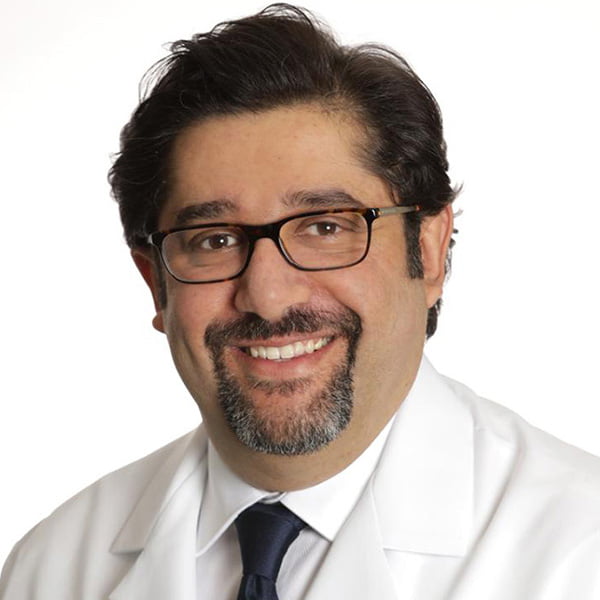
Dr. Hosny is a distinguished physician, educator, and healthcare leader with a commitment to advancing health equity and accessibility in the rapidly evolving landscape of modern healthcare. After completing his residency at St. Luke's Roosevelt Hospital Center, affiliated with Columbia University in New York City, he pursued an Interventional Spine Fellowship at Beth Israel Deaconess Medical Center, part of Harvard Medical School in Boston, MA.
Dr. Hosny has held prominent roles in academic medicine, including serving as an Associate Clinical Professor at New York Medical College and as the Interventional Spine Fellowship Program Director. These positions reflect his dedication to mentoring the next generation of healthcare professionals and advancing the field of interventional spine care.
More About Dr. HosnyThe Spine & Rehab Group
140 NJ-17,
Paramus, NJ 07652
(212) 242-8160
